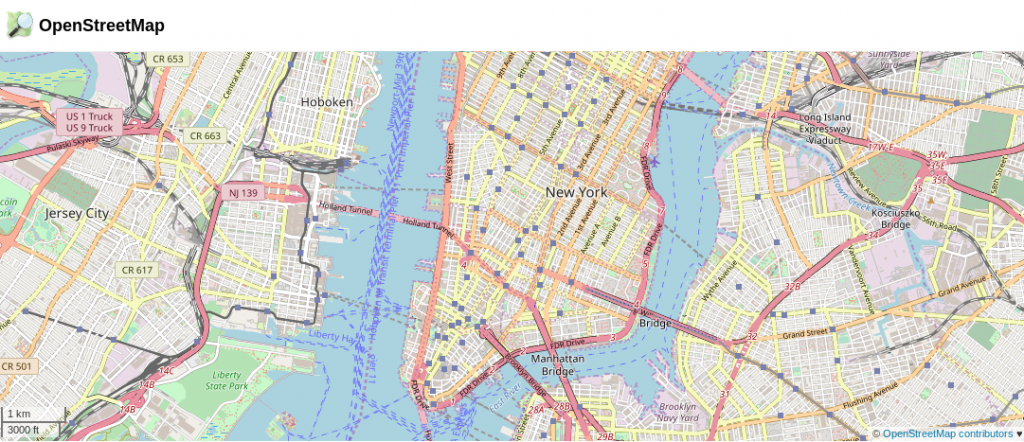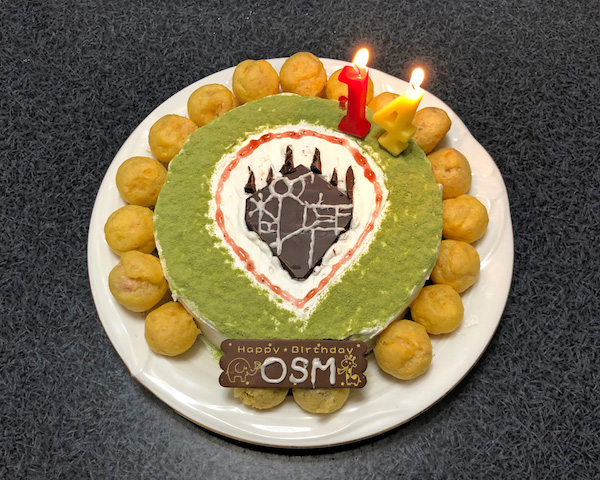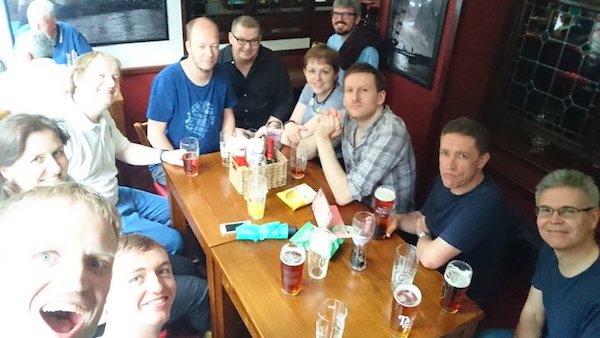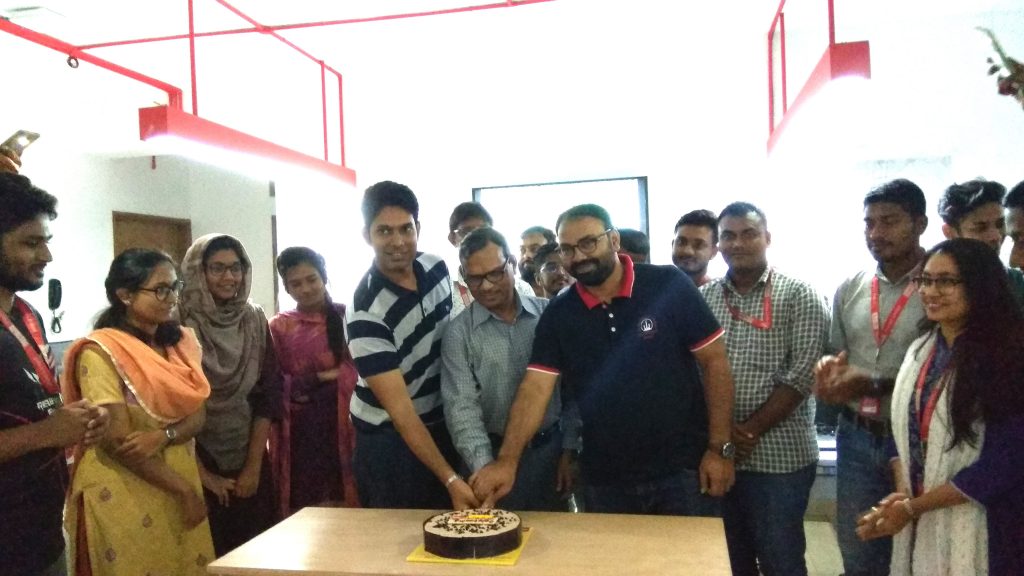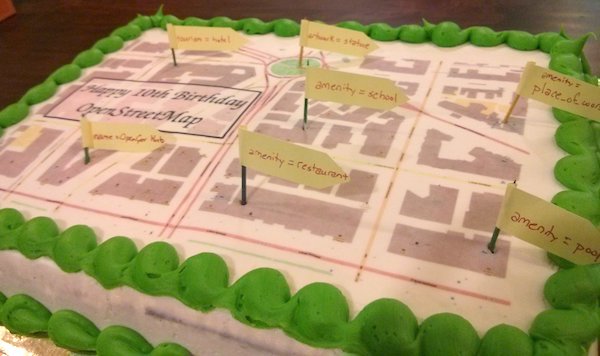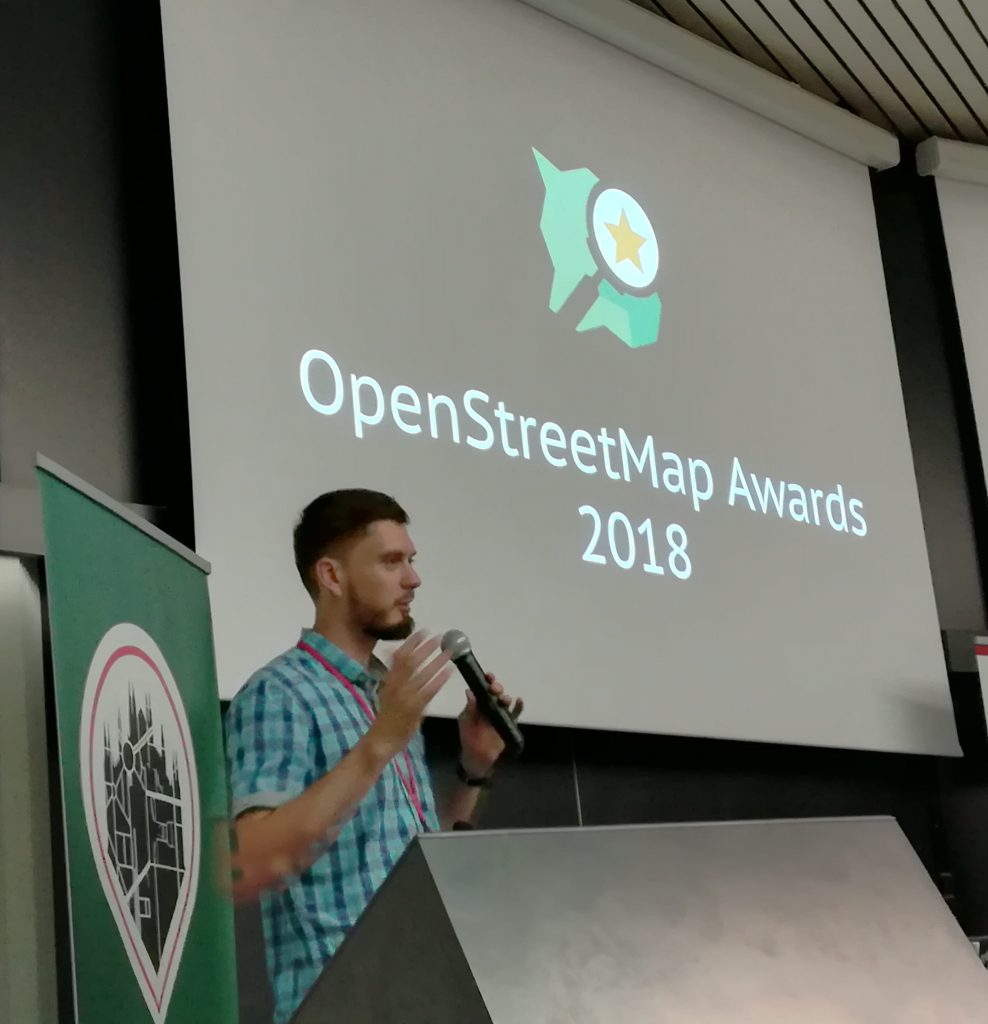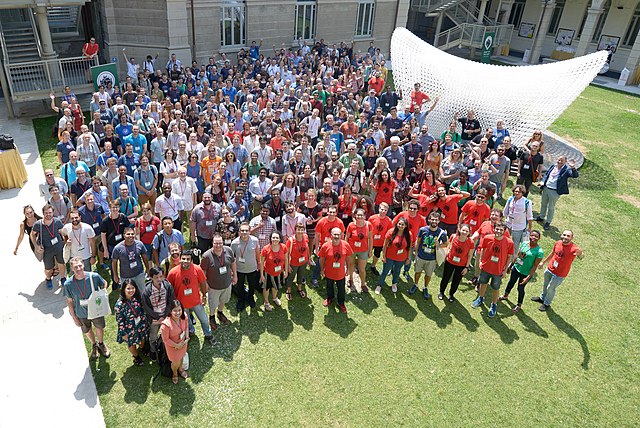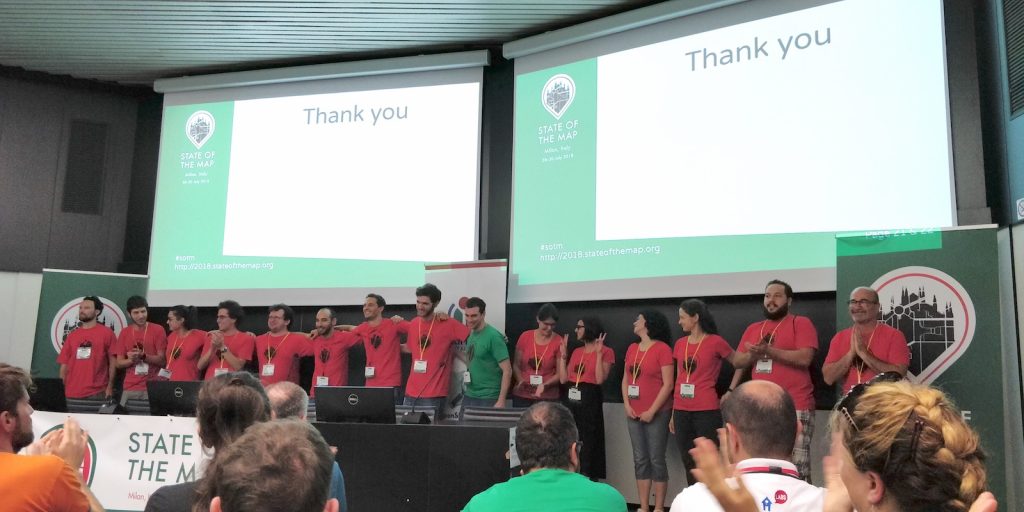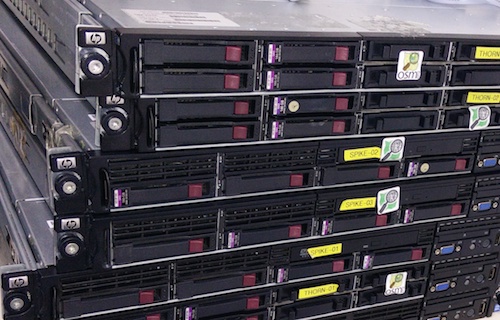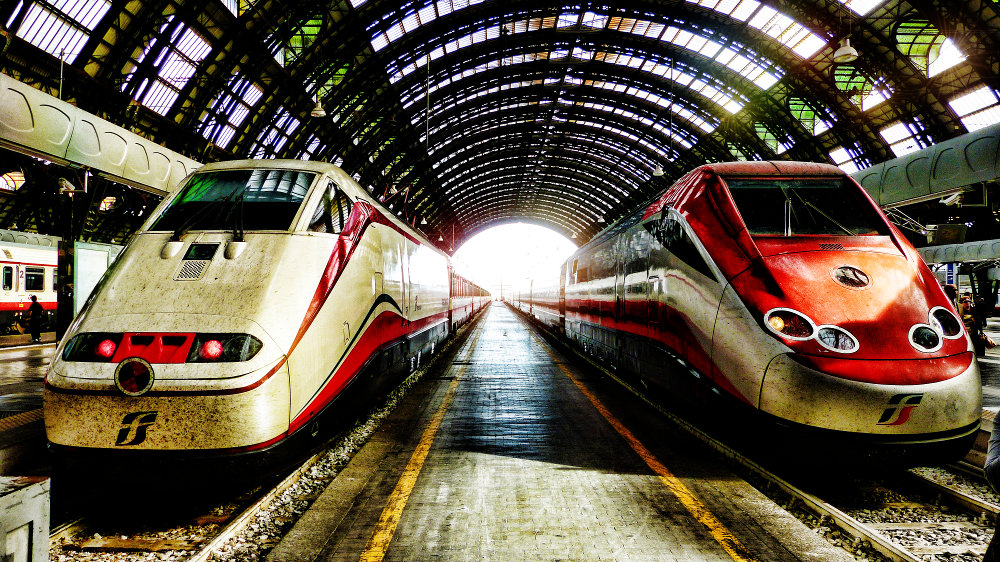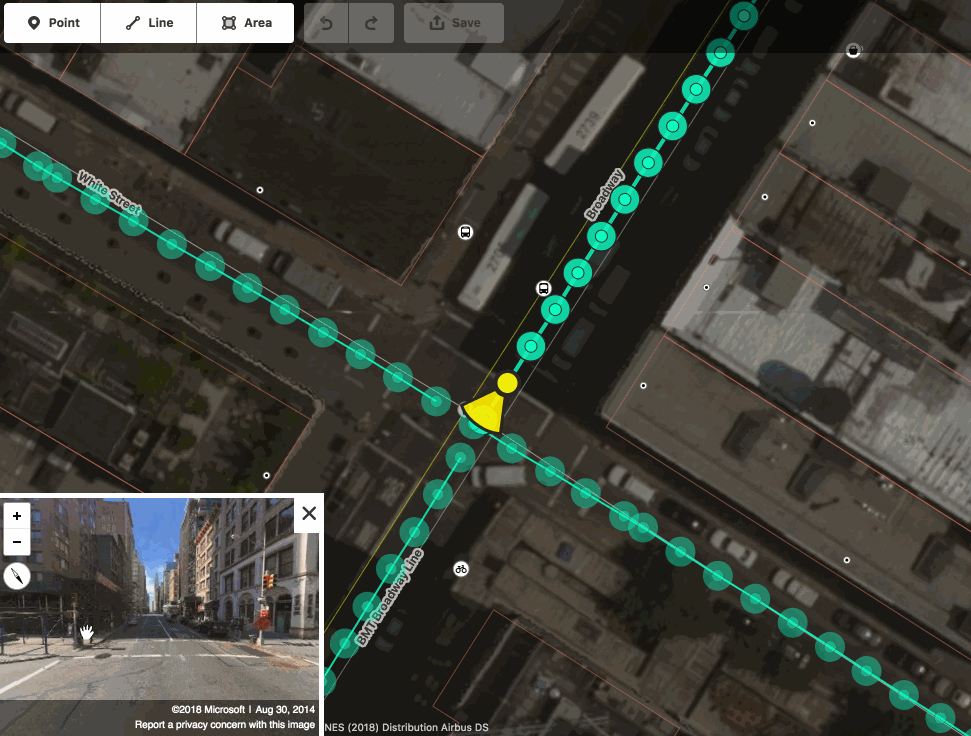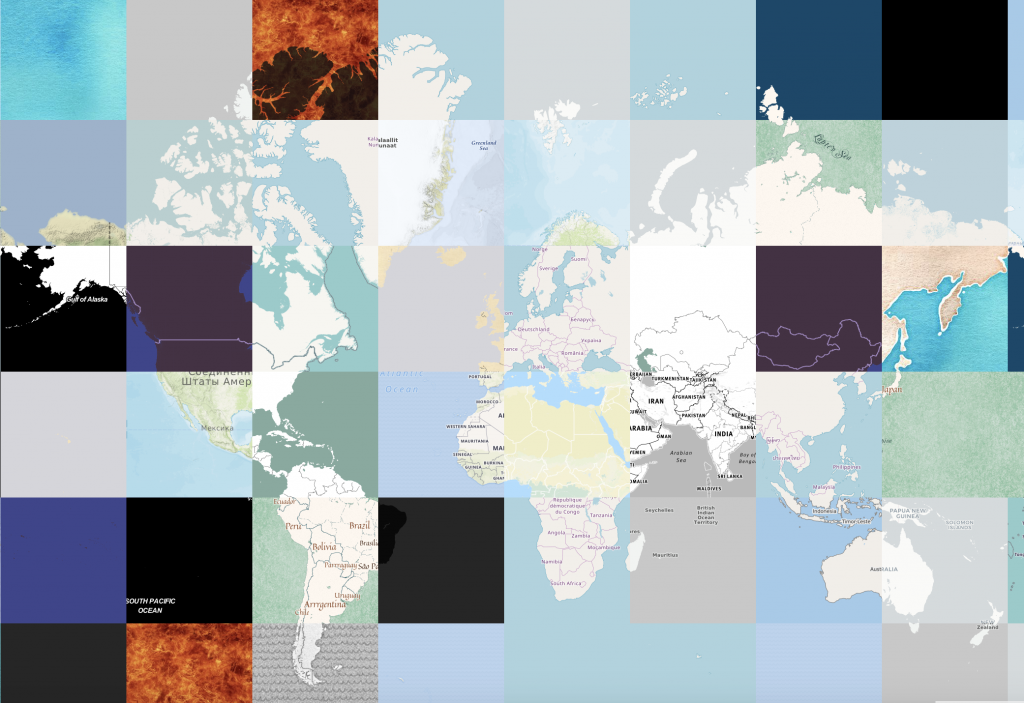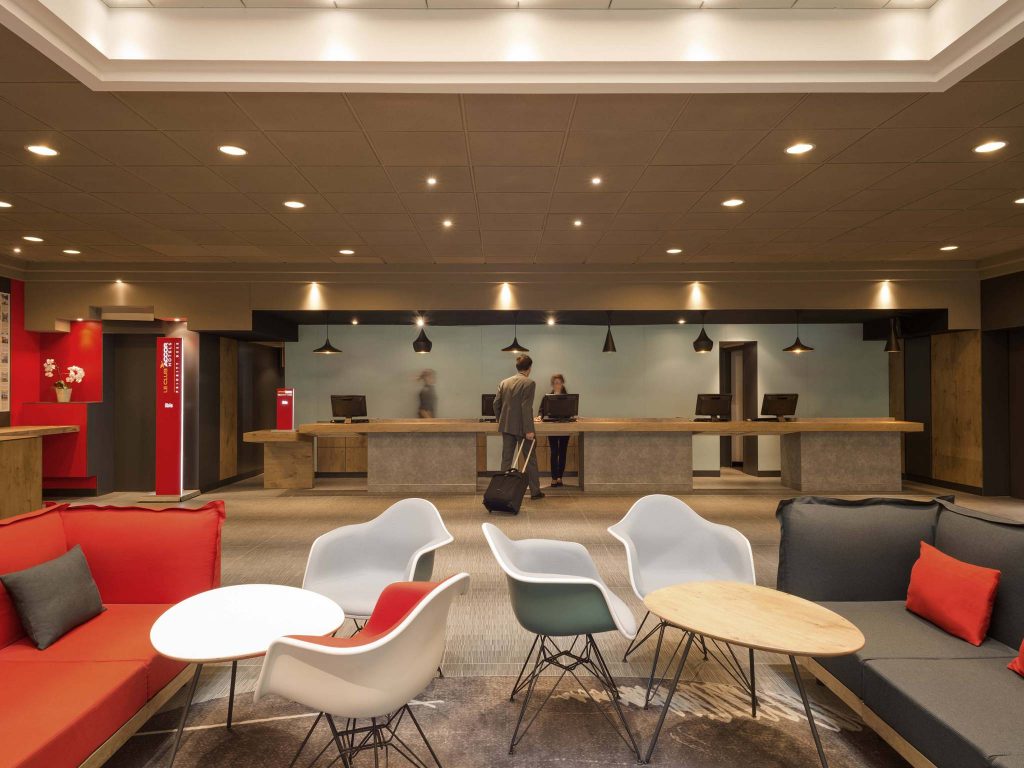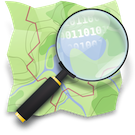We have a new Tile Render server in the United States! The hardware has been kindly provided by OpenStreetMap US and hosted by the Oregon State University Open Source Lab. Big thanks to them, and to Ian Dees who coordinated this response to the Operation Working Group’s request.
Our distributed tile serving infrastructure brings the “standard” map tiles to your browser wherever you are in the world in a reasonably fast fashion, resulting in a pleasant map viewing experience on the OpenStreetMap.org front page, and with new map edits reflected a few minutes after they are made. It should always be noted that this is far from the only way of using our maps, and we encourage developers to take our data, render it, and otherwise make it available to users in a new ways. However, we do like the front page map to work well. We have a set of “rendering” servers doing the hard work of creating and refreshing raster map tiles, and a larger set of caching servers. With the introduction of a new rendering server in the United States (the first outside of Europe) tiles will load faster. The server itself is fast, and for users in the United States we expect to remove about 100 milliseconds of latency for people viewing the map.
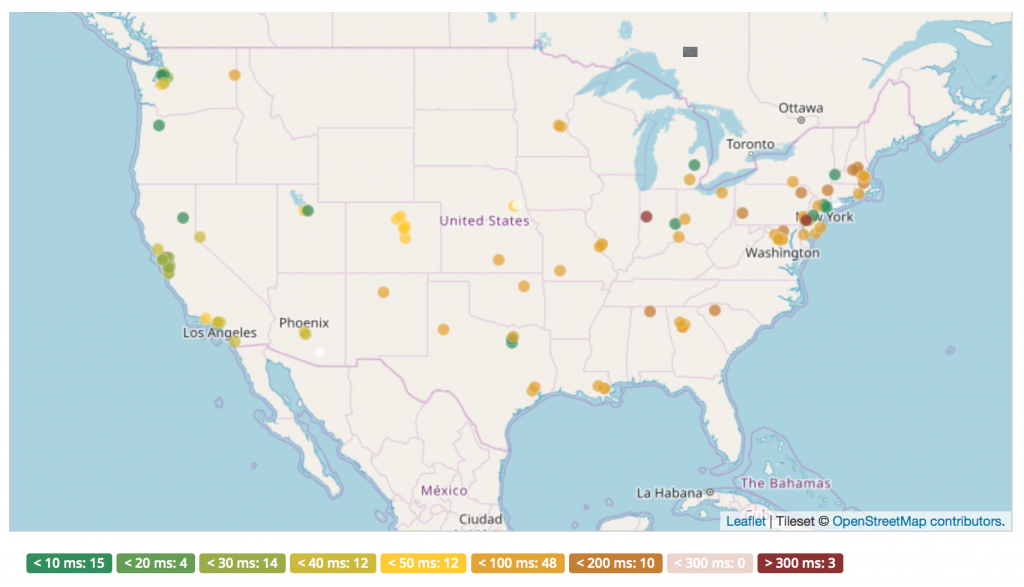
Network latency for requests to the new tile server from various locations in the USA
Details of this new server (which we’ve named “Pyrene”) can be found on the hardware.openstreetmap.org site.
We’re still building our tile serving infrastructure, with a lot of help from people and organisations donating resources. If you are in a position to help with this sort of thing, a caching server – or better yet a rendering server – in India would make a huge performance improvement for people there. Learn more about the kind of servers we need at our wiki page and contact the Operations Working Group.
